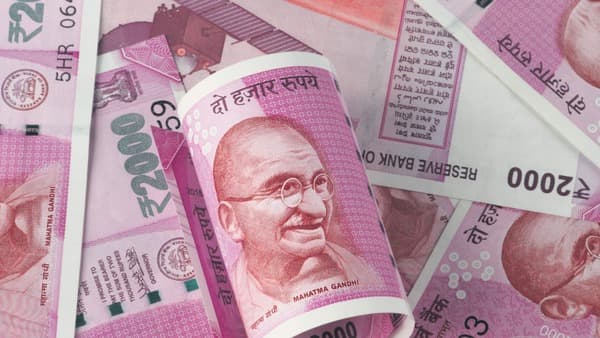The rupee declined over 11 percent in 2022 – the worst-performing Asian currency – as it struggled against global developments. Most Asian countries, however, depreciated more due to dollar’s inherent strength rather than their own weakness. US dollar, current account deficit in the country, forex reserves and domestic macro-economic developments will determine which way the rupee will move in 2023.
“Our outlook for currencies to recover in 2023 hinges on Fed hikes pausing and the world economy averting a hard landing. As per this baseline, we see USD/INR in a consolidative phase in 2023, slow in returning to the lower half of its 80-83 price channel, with the central bank likely to be focused on replenishing its reserves war chest,” says Radhika Rao, Executive Director & Senior Economist at DBS Bank.
The US Federal Reserve went on a rate hiking spree in 2022 and lifted its target rate to a 4.25 percent and 4.5 percent range – the highest since December 2007 – last month from near zero levels. This record surge in interest rates strengthened the dollar. The Fed action in 2023 will determine if the dollar will strengthen more or start softening. The inflation figures and economic conditions are under watch. “The Dollar Index has started losing its strength and is likely to slip further till 97 levels in coming months as the Fed is likely to take a backseat. Dollar Index may face strong resistance near 110 levels,” say analysts at ICICI Securities.
2) Current account deficit
The current account deficit stood at 2.8 percent of GDP in the first quarter of FY23. It is likely to rise to 4.3 percent of GDP in the second quarter. Brokerage ICICI Securities expects it to remain under 3 percent of GDP next year thanks to improving import and export scenario.
“World economic growth is expected to remain sluggish due to tightened monetary stance and high inflation. Exports may get hit, up to a certain extent. However, a decline in crude oil prices and availability of discounted oil from Russia should keep import bills lower,” the analysts at the brokerage say. They see IT (technology services) along with pharma and chemical exports to be India’s stalwarts, providing a silver lining.
India imports over 80 percent of its oil needs. Indian basket of crude oil hit a 10-month low of $88.6/barrel in November. With commodity prices globally coming down, it should support India’s import bill. Further, India is likely to continue buying discounted Russian crude oil. “Share of India’s oil imports from Russia has crossed 20 percent,” say analysts at ICICI Securities. This will reduce dependence on dollar.
The Indian economy is expected to do better than most global economies. While IMF has estimated world GDP growth to come in at 2.7 percent for 2023, different estimates suggest India will keep growing at 6-7 percent, the fastest growing economy. Moreover, inflation has already started moderating which should remain in RBI’s comfort zone in coming year amid improvement in global supply chain and as higher interest rates take effect. “The rupee is likely to face resistance near 84 level and strengthen back to 78 levels in coming months as the Indian economy is in better shape compared to its peers and will be able to withstand any external headwinds,” analysts at ICICI Securities point out.
India’s forex reserves dropped by $1.268 billion to $561.583 billion for the week ended January 6, the latest data by the Reserve Bank of India shows. The forex kitty had hit an all-time high of $645 billion in October 2022. The RBI’s action to support rupee in the forex market led to a decline in reserves in the coming months. The forex reserves are still enough for the RBI to intervene in the forex markets, if required.
Aprajita Sharma is a freelance journalist and a certified financial planner. She can be reached at @apri_sharma on Twitter and LinkedIn.
Why does the rupee fluctuate against the dollar?
First Published: 18 Jan 2023, 01:55 PM IST




